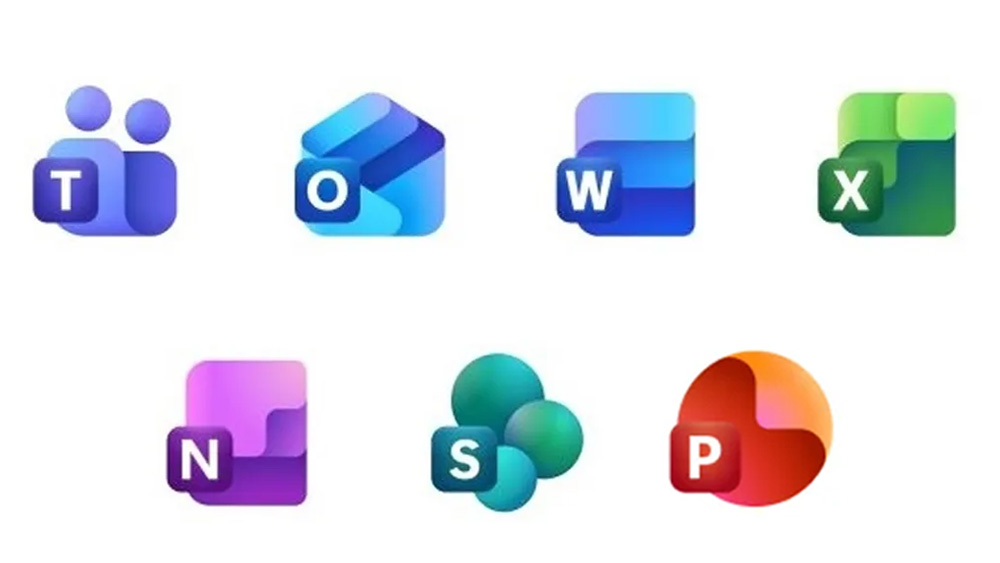Fudan University Researchers Unveil Groundbreaking Picosecond-Level Flash Memory Device

Innovative advancements continue to emerge from Shanghai, where researchers at Fudan University have recently made significant strides in semiconductor technology. They have developed a revolutionary flash memory device that operates at an astonishing speed of 400 picoseconds, or 0.4 nanoseconds. This remarkable speed translates to the device being capable of performing operations 25 billion times per second, making it the fastest semiconductor charge storage device ever created. The research team has designated this cutting-edge innovation as "PoX."
The findings of this groundbreaking research were officially published in the prestigious journal Nature on Wednesday. In a statement by Zhou Peng, one of the leading scientists involved in the project and a researcher at the State Key Laboratory of Integrated Chips and Systems, he emphasized the extraordinary nature of the device: "This is like the device working 1 billion times in the blink of an eye, while a USB flash drive can only work 1,000 times. Its important to note that the previous world record for comparable technology was just 2 million operations. However, the specific version of USB that we are making this comparison against has not been disclosed."
Conventional non-volatile memory technologies, such as USB flash memory, are designed to retain data even when power is lost and typically consume minimal energy. However, they inherently possess slower access speeds compared to volatile memory types such as static random access memory (SRAM) and dynamic random access memory (DRAM). It's worth mentioning that SRAM and DRAM lose all stored data when power is interrupted, which renders them unsuitable for low-power applications.
The team at Fudan University addressed this critical gap in memory technology by pioneering a unique approach to non-volatile memory. They harnessed a device physics mechanism that employs a two-dimensional Dirac band structure alongside ballistic transport properties. By adjusting the Gaussian length of the two-dimensional channel, researchers successfully achieved what they refer to as "super-injection" of channel charge into the storage layer of the memory device. This advancement significantly enhances the speed at which data can be accessed and stored.
Liu Chunsen, another researcher involved in the project, elaborated on the implications of their findings: "The traditional injection behavior has a speed limit, while super-injection has no such cap. This two-dimensional super-injection mechanism has pushed the speed of non-volatile memory to its theoretical limit, fundamentally redefining the boundaries of current storage technologies."
This groundbreaking discovery is expected to have far-reaching implications across multiple sectors, especially in meeting the increasing computational demands of large artificial intelligence (AI) models. Additionally, the cost-effectiveness and scalability of this new flash memory technology position it as a pivotal element for future technological advancements and industrial applications on a global scale.
In concluding his remarks, Zhou Peng stated, "Our technological breakthrough is anticipated to not only reshape the global landscape of storage technology but also drive significant industrial upgrades and foster new application scenarios. Furthermore, it aims to provide robust support for China to establish itself as a leader in this critical field of technology."
For further details, the original findings can be accessed via China Daily and Fudan University. The image accompanying this article is credited to Depositphotos.
This article was conceived with the assistance of AI and underwent thorough review by an editor.























